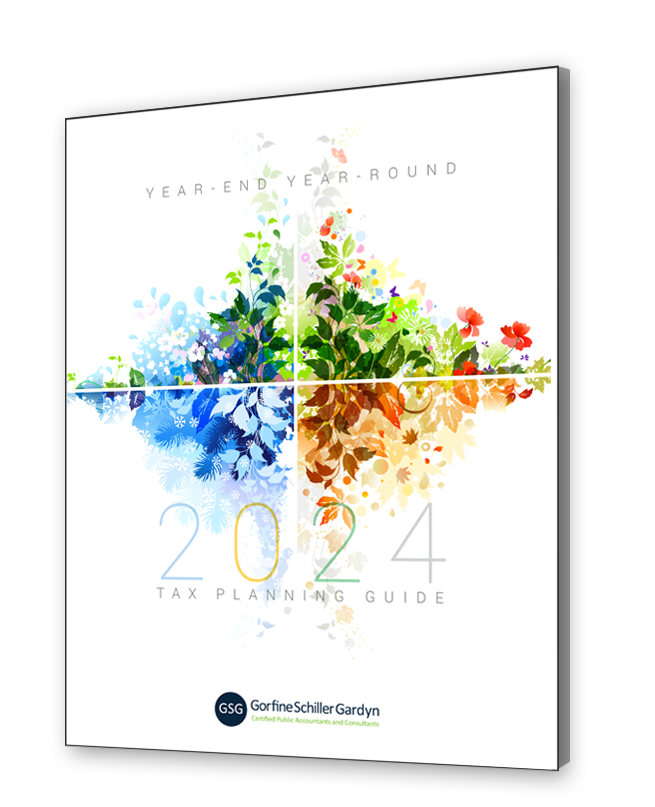Fire, flood, tornado. Violent weather can wreak emotional and financial havoc. If your home, vehicle, or other personal property is damaged or destroyed by a sudden, unexpected casualty, an itemized tax deduction may help ease the financial burden.
In most cases, you claim a casualty loss in the taxable year the calamity strikes. However, if you’re in a presidentially declared disaster area, you have the option of amending your prior year return, thereby getting tax relief sooner.
Either way, to receive the maximum benefit you’ll need to calculate the amount of your loss. Here’s how.
1. File an insurance claim. If your property is insured, file a timely claim. Otherwise, you’ll only be able to take a deduction for the part of the loss that isn’t covered by insurance.
2. Get an appraisal. An appraisal determines the decline in fair market value caused by the casualty. Tax rules require that you measure the difference between what your home or property would have sold for before the damage and the probable sales price afterward. Your loss is the lesser of this decline or your adjusted basis in the property.
3. Establish basis. Generally, your home’s adjusted basis is what you paid for it, plus improvements. If your records were lost in the casualty, recreate them using reasonable estimates or the best information you have.
4. Keep receipts for repairs. In some situations, repairs you make to restore your property to its pre-casualty condition can be used as an indicator of the decline in the fair market value.
The aftermath of a casualty is often a stressful time. We’re here to help you resolve the tax issues. Please give us a call.
Newsletter Sign Up
Tax Planning Guide
Recent Blog Posts









